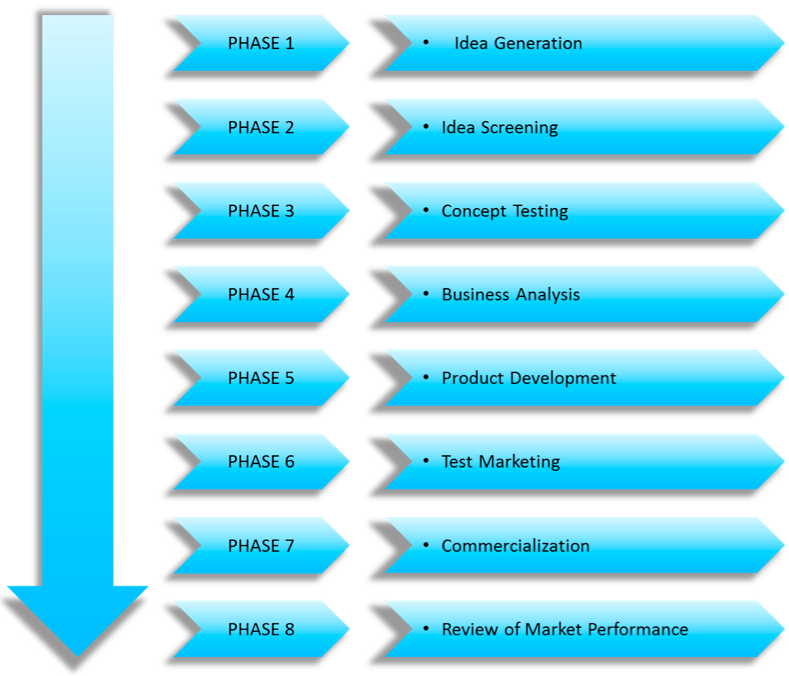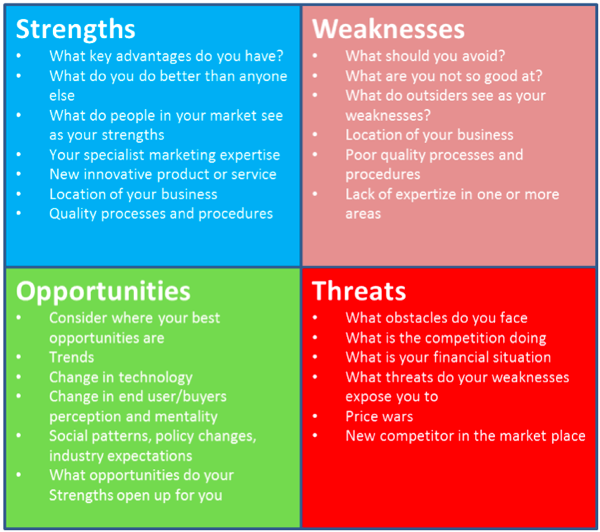 One popular method to follow when developing your new product is to apply a phased step process as developed by Robert G Cooper. The different phases are shown in the diagram below.
One popular method to follow when developing your new product is to apply a phased step process as developed by Robert G Cooper. The different phases are shown in the diagram below.
We are kicking off a series of articles that will take us through each phase and highlight the key aspects and what you should be doing to ensure your product successfully gets to market. We will be providing different examples throughout the series which we hope will help you in your product development and product launch. We will write primarily from the perspective of products manufactured in China.
This first article we will look at this phase (remember, you can go to the next post in the series at the end of each post):
Before you have a product you have an idea. Ideas can come from a number of different sources, brainstorming, and direct response from market demand, or from a competitor’s product, and sometimes by accident.
The important thing during the idea generation phase is to come up with as many ideas as possible with the rule that ‘no idea is bad’. Sometimes a combination of what might seem like crazy or bad ideas actually provides that spark of inspiration to come up with the winning formula.
Interested in this topic? You may also like Sofeast’s New Product Launch Roadmap[XLS + Video]
Our ‘new product launch roadmap’ unveils the steps that your supplier will never tell you are needed, and yet all veteran buyers consider as indispensable. Hit the button to get your copy:
Brainstorming
Brainstorming is the number one method for generating new ideas. For best results, brainstorming sessions should be held in a calm and relaxed environment where you will get no distractions and which encourages an informal approach and lateral thinking. Some of the thoughts and ideas that you and the team come up with can, at first, seem a bit crazy — however, some of these ideas can be worked on to generate original, creative solutions to a problem, while others can spark even more ideas (source: Mindtools).
One very important rule during brainstorming sessions is, ‘people should avoid criticizing or rewarding ideas’. You’re trying to open up possibilities and break down incorrect assumptions about the problem’s limits. Judgment and analysis at this stage stunts idea generation and limit creativity.
Brainstorming needs to be structured. The brainstorming process is described below, and you will need a flip-chart ora whiteboard. (Source: businessballs.com.)
- Define and agree the objective
- Brainstorm ideas and suggestions having agreed a time limit
- Categorise/condense/combine/refine
- Assess/analyse effects or results
- Prioritise options/rank list as appropriate
- Agree action and timescale
- Control and monitor follow-up
SWOT Analysis
Another very useful tool to use during the idea generation phase is a SWOT analysis, which is a structured planning method used to evaluate any product idea. An example of a simple SWOT analysis is shown on the figure below. (Some elements of this SWOT analysis were referenced from Mindtools.)
Go to part 2: Screening Ideas for New Product Launch
Want to learn more about the new product introduction process for hardware startups?
Sofeast’s guide covers everything hardware startups need to know for making a new product in China and successfully bringing it to market.
Hit the button below to read the guide:





